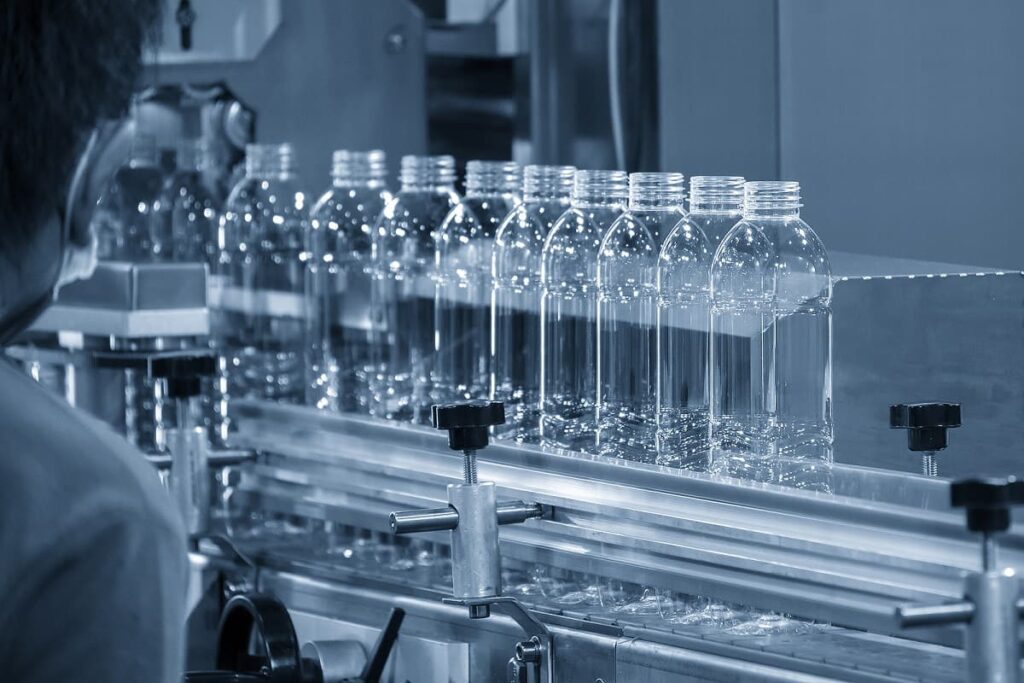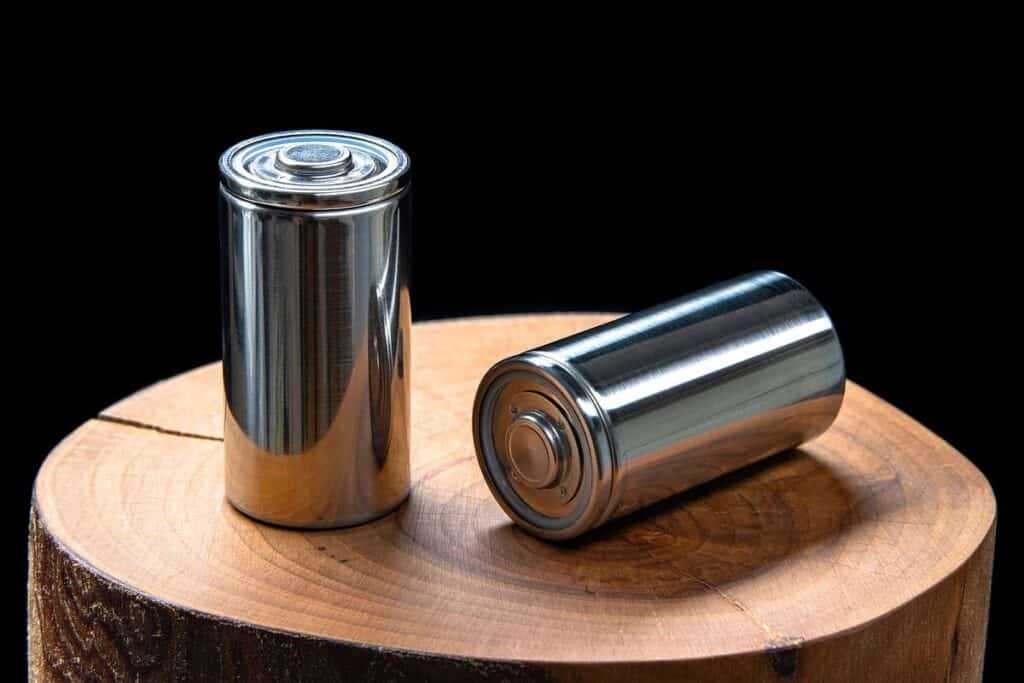9 Startups Taking a Bite Out of Food Waste
Table of contents

We love our food here at Nanalyze. Globalization means that all of our favorite cuisines can be sandwiched onto one urban foodie block. It’s possible to buy tropical fruits like mangosteens in wintry Vancouver or navel oranges in an open-air food market in Thailand. All that food comes with a price, and we’re not just talking the markup in hipster whole food co-ops. Food waste is a trillion-dollar by-product. Or, more accurately, food waste costs the world about $1 trillion per year, according to the Food and Agriculture Organization of the United Nations. In the United States, food waste is estimated at between 30 to 40 percent of the food supply. That’s more than $200 billion ending up in the compost heap (though only about 25 percent of Americans actually compost).

You would think that with a trillion dollars on the table there would be a million startups clamoring for a piece of that molding pie. But investors only poured a miserly $93 million into food waste tech startups in 2015, according to AgFunder, which said the following year was no better. In the first half of 2016, food waste tech startups had only $29 million to pick over. At least by the end of the year, biotechnology startup Apeel Sciences took in $33 million, and as of September 2017 sat at No. 13 on our list of top 14 funded agtech startups. As you may recall, the Santa Barbara startup has developed a coating using natural plant extracts taken from recycled agricultural byproducts to extend the shelf life of produce after it’s been harvested.
As we started to dig through food waste tech—not as gross as it sounds—we found that the space is extremely diverse. There are companies turning banana peels into fertilizer and fuel (flux capacitor, anyone?) and countless apps that promise to keep homely, unwanted fruit out of the trash bin. Below, we highlight some of the interesting markets and opportunities that startups are creating out of food waste tech. As always, this list isn’t meant to be exhaustive.
The Fertile Crescent



Founded in 2014, Industrial/Organic (with the sort of name you would expect from a company out of Brooklyn) got about $1.3 million last year in Seed money to prove its food waste tech. Its fermentation process is reputedly six times faster than traditional anaerobic methods, churning out products like organic fertilizer, animal feed, and even surface cleaners. Its model is to locate small facilities throughout an urban area, without emitting greenhouse gases or food waste funk.
Hard Alcohol


Its products are used in everything from flex-fuel vehicles to fuel stoves in third-world countries to replace dirtier cooking technologies.
Weighing Your Options
Of course, it would be great if we could avoid wasting all that food in the first place. London-based Winnow Solutions, founded in 2013, has taken in $11.5 million toward that goal, including a $7.4 million Series B last October. Its “smart scale” helps restaurants calculate how much food—in both quantity and cash—the kitchen wastes on a daily basis. Reports help management analyze food waste in near real-time and offer suggestions on how to do it better. One of its biggest clients is IKEA. In one store, the restaurant reduced food waste by 40 percent, saving about $120,000 in one year. That’s a lot of Swedish meatballs.
Update 10/16/2019: Winnow has raised $12 million in Series B funding to further improve its technology and “double down” on product development. This brings the company’s total funding to $31.6 million to date.
Winnow isn’t the food waste tech startup competing in this space. Others include LeanPath out of Oregon. Founded in 2004, the company offers several products including its all-in-one LeanPath Tracker 2.2, which includes a built-in scale, camera, and touchscreen user interface. Before throwing away any food waste, a worker places the food on the scale, the camera snaps a photo, and the user inputs a few pieces of info, which generates an online report. LeanPath says its system has been installed in more than 1,000 kitchens across more than 20 countries. In one case, at Boston College, the kitchen reduced food waste by 60 percent.


An App for That


Mega food company Unilever is among the list of suppliers. Yume also helps donate unsold surpluses to charity. Food+Tech lists several more variations of these types of companies here.
Keeping It Fresh
While leftover fast-food burgers may seem as immortal as a Greek god, most food will eventually rot. Another way to stave off food waste is to find better ways to keep it fresh. Founded in 2006, San Francisco-based BluWrap has raised $12.6 million for fuel cell technology that helps extend shelf life of protein while in transit aboard container ships.

BluWrap uses fuel cells to manage oxygen levels in refrigerated containers, extending the shelf life of fresh proteins well beyond 40 days. Sensors continually monitor oxygen and temperature levels throughout the journey. So that means a shipment of pork from Europe to Australia doesn’t need to be frozen or vacuum-sealed to survive the ride overseas.
Conclusion
Unlike other sectors of tech, food waste is a problem in search of a solution—and there are plenty on offer. Of course, we’re not seeing the sort of money that’s being dumped into other areas, but as we noted in our feature on Sadako Technologies, there’s money to be made in garbage. The strongest contenders for an IPO or M&A in the future are probably those startups turning food waste into fertilizer or fuel, which are attractive technologies for companies like Monsanto, Cargill or Waste Management. Otherwise, while there are some interesting solutions emerging, most seem quite niche at this point.
Sign up to our newsletter to get more of our great research delivered straight to your inbox!
Nanalyze Weekly includes useful insights written by our team of underpaid MBAs, research on new disruptive technology stocks flying under the radar, and summaries of our recent research. Always 100% free.














